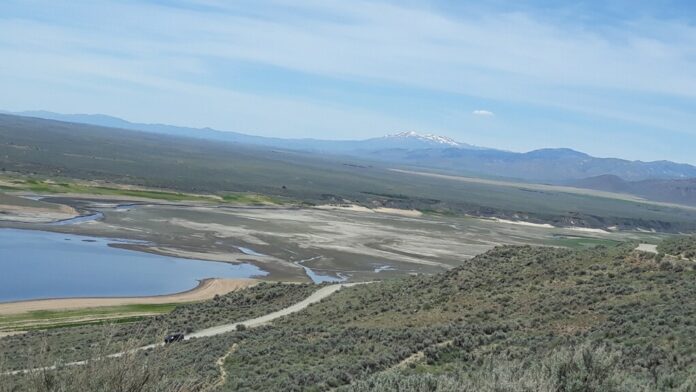BY HANNES THUM
Life follows water. Life is tied to water. And life fades away when the water is gone.
A watered forest, wetland, or field glows green like an emerald. A dry one turns to dust.
When we peer deep into the far reaches of the solar system and into solar systems far away in our galaxy, it is water that we are looking for when we wonder if there is other life out there. The possibility of water existing on Mars draws our attention like a cool drink draws the attention of a thirsty person.
There is no life without water.
There is a quote attributed to Benjamin Franklin (although, like Mark Twain, Franklin gets a lot of things attributed to him that he may not have actually ever said): “When the well’s dry, we know the worth of water.”
So, where is the water this year? We are in the midst of a serious drought in our region—you can look on an updated drought monitor map to see if where you live falls into the “extreme” or into the “exceptional” category of drought, but there’s no need to look at the map. Just look outside.
The Big Wood River is at a relative trickle, and it is bizarrely warm to the touch. The high-desert vegetation that we are used to seeing slowly cure to a crackly brown by the end of summer has been dried out since June. Springs are slowing. Farmers in our south county have lost the ability to irrigate.
Livelihoods are suffering. And life is suffering.
So where is the water?
The water is, in one sense, elsewhere. We had a very low snow year in a series of lower-than-average snow years. And the rains that we typically rely on in May and June didn’t really materialize. The water seems to have passed us by.
The water is also distributed, by us, unevenly. Water policy in the West is highly complex and contentious, but suffice it to say: when you base a system off of who got to the water first, you might start to lose track of who needs the water the most.
I prefer to wade into beautiful healthy rivers, not into thorny debates about water rights, but I can’t help but be struck lately by the amount of water used by our communities on our lawns and elaborate water features at the expense of the land on which our food grows. A smarter person than me may be able to untangle that one.
And, of course, no matter which of us takes the water and no matter whose lawn is being watered, it is the non-human creatures that rely on the water downstream that ultimately suffer the greatest cost.
So where is the water? It’s too complex to say. But, there’s a finite amount that we are gifted each year in our valley. What we do with it is up to us.



